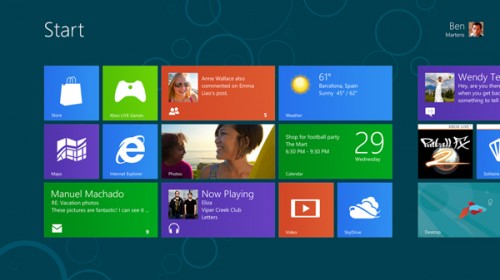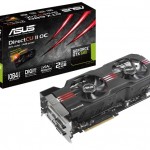
Microsoft this week unveiled details about the upcoming Windows 8 editions, which include Windows 8 and Windows 8 Pro for x86-based PCs, as well as Windows 8 RT for tablets and devices powered by ARM-based processors.
On Wednesday, the software giant shed more light on Windows 8 Enterprise, the corporate version of the operating system designed to meet the mobile productivity, security, manageability and virtualisation needs of today’s businesses.
Here’s an overview of some of the key features available in Windows 8 Enterprise:
Windows To Go: a fully manageable corporate Windows 8 desktop on a bootable external USB stick. Microsoft says this will allow companies to support employees who use their own personal devices for work without compromising security.
DirectAccess: Also available in Windows 7, DirectAccess allows remote users to seamlessly access resources inside a corporate network without having to launch a separate VPN. Not only is this good news for workers, it also helps IT admins keep remote users’ PCs in compliance by applying the latest policies and software updates. DirectAccess can be implemented within existing IPv4 infrastructure and is easier to deploy.
BranchCache: allows users to cache files, websites, and other content from central servers, so content is not repeatedly downloaded across the network. When used with Windows Server 2012, Windows 8 brings improvements to BranchCache to streamline the deployment process, optimise bandwidth over wide area network connections and ensure better security and scalability.
AppLocker: IT admins can use AppLocker — also found in Windows 7 — to restrict files and apps that users or groups are allowed to run on their Windows 8 PCs. This will prevent users from installing unauthorized or insecure software.
VDI (Virtual Desktop Infrastructure) enhancements: Enhancements in Microsoft RemoteFX and Windows Server 2012 will provide users with a rich desktop experience with the ability to play 3D graphics, use USB peripherals and use touch-enabled devices. This allows users to run a full VDI image off the data centre on their Windows RT devices.
New Windows 8 App Deployment: Domain joined PCs and tablets running Windows 8 Enterprise will automatically be enabled to side-load internal, Windows 8 Metro style apps.
Microsoft is hoping these features will give enterprises enough reason to upgrade to Windows 8, especially if those companies plan to embrace the Bring Your Own Devices culture. It is also sweetening the deal by giving businesses on its Software Assurance program the rights to use both Windows to Go and VDI images of Windows 8 on up to four devices.
In reality, the incentive to migrate to Windows 8 is likely to be smaller, particularly since enterprises are still in the midst of moving to Windows 7 from Windows XP and Vista.
“There is some new value here,” Roger Kay, Endpoint Technologies Associates’ president told Betanews.com. “But is it enough to stimulate a large-scale transition? The Win7 transition is still under way. So, I’d say first tentative experiments in 2012 and 2013, more adoption in 2014, and flood tide in 2015.”






